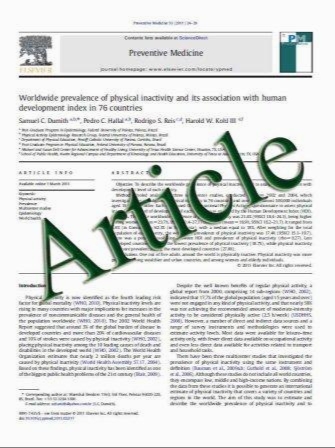Risk factors for fracture in elderly men: a population-based prospective study
- نوع فایل : کتاب
- زبان : انگلیسی
- مؤلف : M. Frost & B. Abrahamsen & T. Masud & K. Brixen
- چاپ و سال / کشور: 2011
Description
Summary Risk factors for fractures were assessed in a random sample of 4,696 elderly men followed for 5.4 years. Results highlighted the importance of assessment of falls and dizziness as well as novel risk factors including frequent urination and erectile dysfunction. Introduction Knowledge about risk factors for fracture in men is limited. The aim of this study was to evaluate factors potentially associated with fracture risk in men. Methods A questionnaire enquiring about potential risk factors for fractures in men was posted to a random sample of 9,314 men aged 60–74 years. A completed questionnaire was returned by 4,696 (50.4%). Follow-up on incident fractures over 5.4 years was performed using public registries. Results During the study, 203 individuals experienced a first clinical fracture, of which 85 patients were considered osteoporotic (9 in humerus, 10 vertebral, 32 in the hip and 34 in the forearm). Cox proportional hazard regression models were used to evaluate risk factors for any and osteoporotic fractures. The following variables were found to be associated with increased risk of any fracture in adjusted models family history of a hip fracture (HR; 95%CI: 1.56; 1.05–2.33), falls (2–4/year: 2.10; 1.35–3.27, >4/year: 2.46; 1.12–5.41, both compared to no falls), dizziness (2.36; 1.51–3.71), erectile dysfunction (1.41; 1.06–1.87) and frequent urination (2.06; 1.26–3.39). Similarly, falls (2.36; 1.45–3.86), dizziness (2.83; 1.52–5.25), erectile dysfunction (2.01; 1.30–3.09) and pulmonary illness (1.90; 1.03–3.53) were associated with increased risk of osteoporotic fractures in adjusted models. Conclusion These results underline the importance of assessment of dizziness, falls and those with a family history of hip fracture. Frequent urination and erectile dysfunction were independently associated with increased fracture risk. Although the mechanism of association is unknown, these variables are likely to be indicators of frailty or hypogonadism.
Osteoporos Int DOI 10.1007/s00198-011-1575-4 Received: 8 July 2010 / Accepted: 6 January 2011


